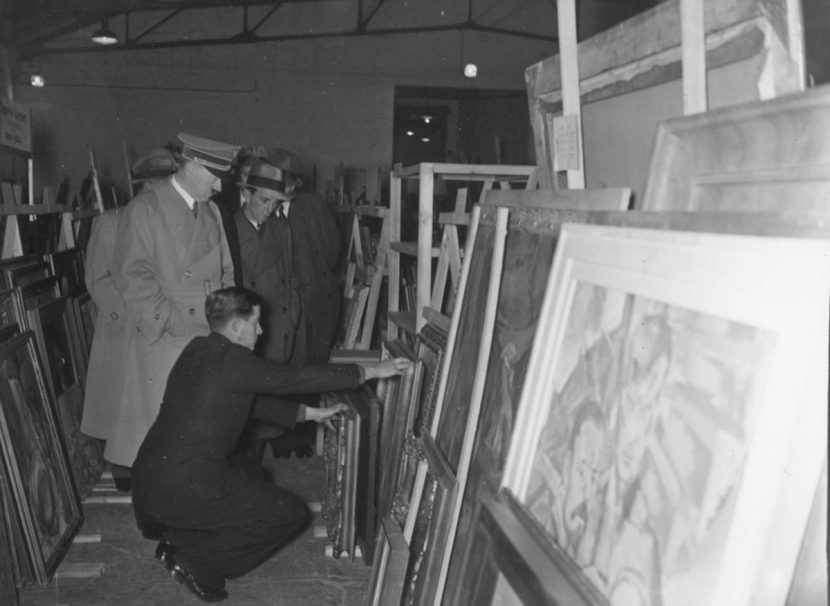“We have one in New York, at the American Museum for Natural History. We have some at local museums, like the Museum of the Eastern Shore Culture. We loan out things on a regular basis,” Madison said, noting they make sure to ensure the items will be kept safe and secure, before proceeding with any […]
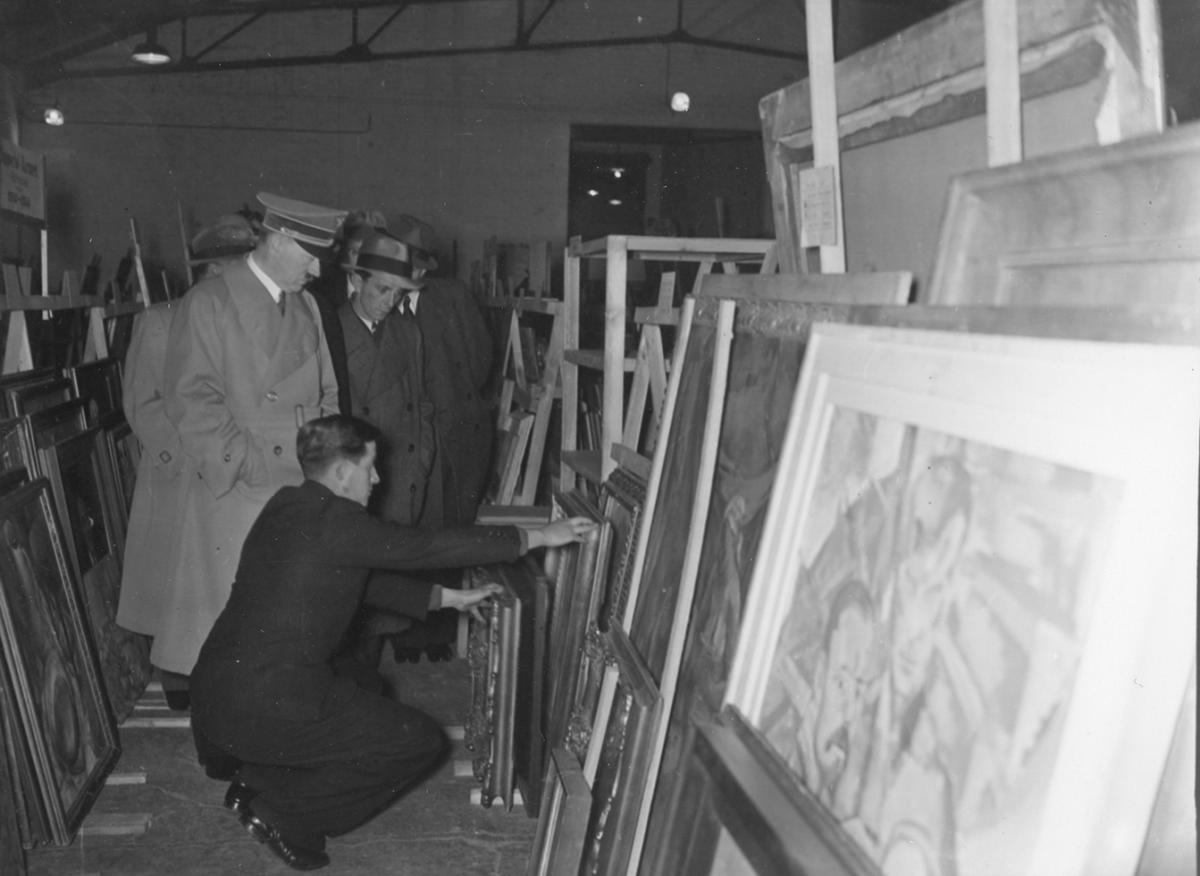

“We have one in New York, at the American Museum for Natural History. We have some at local museums, like the Museum of the Eastern Shore Culture. We loan out things on a regular basis,” Madison said, noting they make sure to ensure the items will be kept safe and secure, before proceeding with any loan. “We send out our curator, to be sure conditions are safe.”SHEPHERDSTOWN — A tiger lunged, with its fangs bared, at passersby on Jan. 14, as National Conservation Training Center (NCTC) historian Mark Madison led a tour of the center’s archives.
A jar made out of an elephant hoof sits on a shelf in the National Conservation Training Center archives on Jan. 14. Tabitha Johnston
“This is the most valuable thing in the archive. It was given to President George W. Bush by the Emir of Qatar, as a diplomatic gift,” Madison said. “When our officials are given diplomatic gifts that have illegal wildlife parts, they come to Shepherdstown, West Virginia usually, or a repository out in Denver. It’s kind of crazy that way! They still take the gifts. But most of the diplomatic gifts go to a presidential library museum, unless they have illegal parts, and then you all get to see them!”
“That’s of real historic value, so we would not destroy something like it. That kind of stuff comes here,” Madison said, noting less valuable confiscated items, including those made with elephant ivory, are not saved.
Madison said a good number of the items in the archive have been confiscated, due to the possession of them being illegal. One such item was an emerald, ruby and diamond encrusted, solid gold dagger with an ivory handle, that had been given to a president by a foreign shah. The elephant ivory in the item made it illegal for Bush to possess, and so it was immediately rehomed to the NCTC archives.

“NCTC opened in 1997,” Madison said. “Currently, we have about half-a-million objects in our archive! We have four different storage areas for our archive.”The least valuable items in the archive — a collection of six cups — are only kept there, due to their connection with the U.S. Fish and Wildlife Service’s history.
Due to the extensive size of the archive, tours of it usually take place in only one of its storage areas. Madison prefers to lead tours through the storage area that houses some of the larger items in the archive, which can be more easily viewed by a group, including taxidermized endangered animals, weapons, historic gadgets, U.S. Fish and Wildlife Service memorabilia, fine art, Native American artifacts, furniture made with endangered animal pelts, elephant ivory illegally brought into the U.S. and folk medicine made with banned or endangered animal parts.
A group check out a couple of rhino heads, which have been shelved in the National Conservation Training Center Archives, on Jan. 14. Tabitha Johnston
National Conservation Training Center historian Mark Madison leads a tour through the center’s archives on Jan. 14. Tabitha Johnston
A group takes in a taxidermized tiger, which belongs to the National Conservation Training Center archives, on Jan. 14. Tabitha Johnston

The tiger was one of many endangered species that had been taxidermized and, eventually, confiscated by the U.S. Fish and Wildlife Service and placed in its archives at the NCTC.Across the room stood a couple of other, particularly rare items. One of them — a narwhal horn — was confiscated two years ago. The other was an intricately-carved table out of elephant ivory, which was made during the Qing dynasty.
“This is the cheapest thing we have in the archive,” Madison said. “When the Endangered Species Act came out, it was really popular. There were stamps that were released, and then 7-Eleven decided to jump on the bandwagon and release these cups with endangered species on them! In tiny little script on the bottom of them, it says, ‘One penny from each cup will go to buy a wildlife refuge.’ We were skeptical — a penny even back in 1973 wasn’t worth that much — but they did! They actually raised enough money with this initiative to buy a bald eagle refuge in South Dakota, which is kind of cool!”
- National Conservation Training Center historian Mark Madison leads a tour through the center’s archives on Jan. 14. Tabitha Johnston
- A group check out a couple of rhino heads, which have been shelved in the National Conservation Training Center Archives, on Jan. 14. Tabitha Johnston
- A jar made out of an elephant hoof sits on a shelf in the National Conservation Training Center archives on Jan. 14. Tabitha Johnston
- A group takes in a taxidermized tiger, which belongs to the National Conservation Training Center archives, on Jan. 14. Tabitha Johnston

The archived items are valuable and rare, so they must be kept protected. However, Madison noted that they don’t always stay hidden from the public eye — many items are loaned out to museums across the country.





 CMA Members get access to my “AXEL TECHNIQ…
CMA Members get access to my “AXEL TECHNIQ…
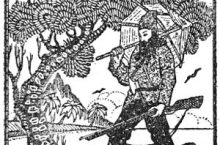







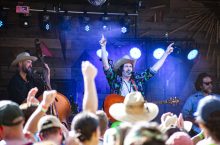

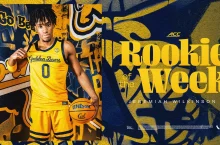



 @Boston Celtics #NBA #Basketball #Celtics #JaysonTatu…
@Boston Celtics #NBA #Basketball #Celtics #JaysonTatu…




 #McLaren #F1 #Gingerbread #CapCu…
#McLaren #F1 #Gingerbread #CapCu…
 #NBA #basketball #NBAXmas #Jalen…
#NBA #basketball #NBAXmas #Jalen…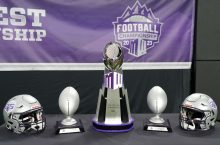




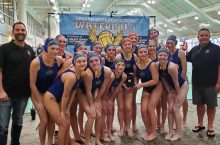

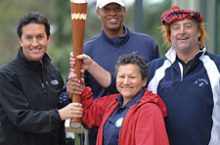


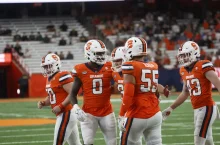
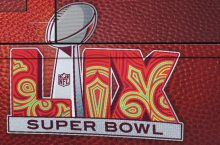


 #rugby #haka
#rugby #haka







